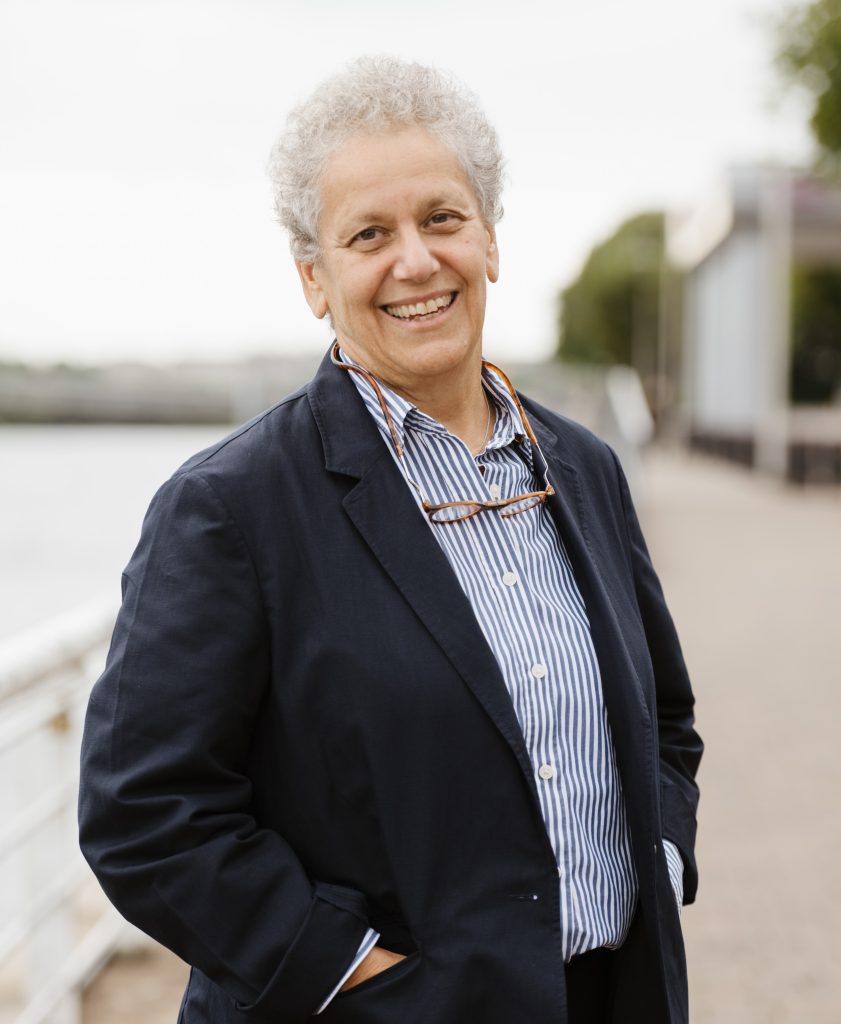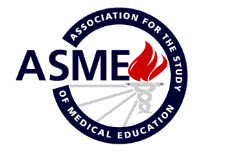#52 – Are You Happy Yet?
Episode host: Linda Snell

Join us as we explore the flip side of the coin, shedding light on what truly brings us happiness and fulfillment at work. Discover insights from the PERMA model and uncover strategies for cultivating joy in your own professional journey. It’s time to shift the focus from despair to wellness.
Episode article:
Lagina, M., Grum, C., Sandhu, G., & Ruff, A. L. (2024). Sources of Joy in Medical Educators as Described by the PERMA Model. Teaching and learning in medicine, 36(1), 53–60.
Episode Notes
Welcome to this exploration into finding joy and pleasure in our daily lives, particularly in the realm of work. In this episode, we delve into the article titled “Sources of Joy in Medical Educators as Described by the PERMA Model” by Lagina et al., published in Teaching and Learning in Medicine in 2024.
Before we dive into the brighter side, let’s acknowledge the shadows. Burnout, mistreatment, bias, and other challenges loom large in many professional environments, including the medical field. But amidst these struggles, there’s a glimmer of hope. Clinician educators often exhibit lower levels of burnout and higher levels of personal and professional fulfillment. They experience growth, feel rewarded, and foster empathy with students and colleagues. How come?
This episode takes a refreshing turn by focusing on the sources of joy in medical educators, as illuminated by the PERMA model.
Many wellness initiatives often fall short of addressing the deeper issues that impact satisfaction and contentment at work. This study offers a unique perspective by examining what brings joy to clinicians and educators, shedding light on positive aspects often overshadowed by the struggles of the profession.
Methods
The study employed an exploratory qualitative interview approach, engaging highly rated internal medicine specialists recognized as clinician teachers and educators. Participants responded to open-ended questions aimed at identifying sources of joy in their personal and professional lives, particularly in clinical teaching. Data analysis involved semantic coding and thematic synthesis aligned with the components of the PERMA model.
The researchers’ choice of methodology allowed for a nuanced exploration of joy, capturing the diverse experiences and perspectives of medical educators. By utilizing a qualitative approach, they could delve deeper into the underlying factors contributing to joy in the workplace.
The PERMA model, developed by psychologist Martin Seligman, aiming to understand and cultivate well-being and happiness. It consists of five core elements:
- Positive Emotion: This component focuses on experiencing positive emotions such as joy, gratitude, serenity, interest, hope, pride, amusement, inspiration, and love.
- Engagement: Engagement refers to being fully absorbed and immersed in activities that are meaningful and enjoyable, often leading to a state of flow where time seems to stand still.
- Relationships: This aspect emphasizes the importance of positive relationships with others, including friends, family, colleagues, and community members, as fundamental to overall well-being.
- Meaning: Meaning involves having a sense of purpose and significance in life, feeling connected to something greater than oneself, and finding fulfillment through contributing to the welfare of others or a cause.
- Accomplishment: Accomplishment relates to setting and achieving goals, mastering tasks, and experiencing a sense of competence and success, which boosts self-esteem and confidence.
The PERMA model suggests that by nurturing these five elements in our lives, we can enhance our overall well-being and lead more fulfilling and satisfying lives. It provides a comprehensive framework for understanding happiness beyond mere pleasure, encompassing a deeper sense of purpose, engagement, and connection with others.
Results
Out of 24 invited participants, 15 internal medicine specialists contributed to the study. Themes identified from the interviews predominantly aligned with the PERMA model, emphasizing the significance of positive relationships and a sense of meaning in clinical teaching. Notably, interactions with learners were highlighted as significant contributors to joy and professional fulfillment among medical educators.
The results provide valuable insights into the multifaceted nature of joy in medical education, showcasing the diverse ways in which clinicians find meaning and satisfaction in their work. By identifying specific factors that contribute to joy, the study lays the groundwork for future interventions aimed at promoting well-being in the healthcare workforce.
Key Themes
- Positive relationships: Participants emphasized meaningful connections with colleagues and learners, citing collaborative efforts and shared victories.
- Engagement: Interactions with learners brought instantaneous happiness, fostering excitement and discovery in the clinical environment.
- Meaning and purpose: Educators found profound satisfaction in witnessing learner and patient growth, highlighting intrinsic rewards in the profession.
Amidst joy, participants voiced concerns over systemic barriers:
- Undervaluation, inadequate compensation, and administrative burdens were cited as challenges.
Suggestions for improvement include:
- Incentives for teaching to recognize and reward excellence.
- Allocation of protected time for educational activities.
- Enhanced administrative support to streamline responsibilities.
Comments
While the study offers valuable insights, there are methodological considerations. Critiques include the structure of the interview protocol, potential biases in data interpretation, and the conceptualization of joy. Despite these concerns, the research pioneers a crucial exploration of joy in medical education.
Further research is needed to address these methodological limitations and deepen our understanding of joy in the workplace. By refining research methods and exploring new avenues of inquiry, we can continue to advance knowledge in this vital area and develop evidence-based strategies to support the well-being of healthcare professionals.
Conclusion
As we conclude our exploration of the Episode Notes, we encourage reflection on the pursuit of happiness in your own professional endeavors. May this discussion inspire you to seek joy and fulfillment in your work, contributing to a brighter, more resilient healthcare landscape for all. Let us continue to explore, learn, and grow together on the journey toward greater well-being and satisfaction in our professional lives.



0 comments